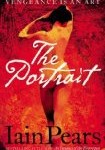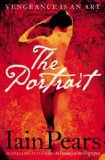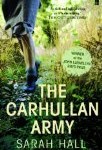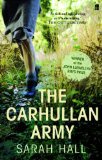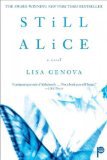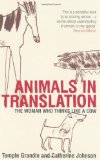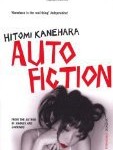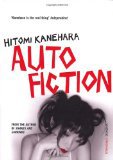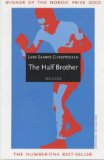Five words from the blurb: art, critic, sitting, power, canvas
I loved Stone’s Fall when I read it a few years ago and so was excited about trying one of his other books. Unfortunately, although it was written just as skillfully, The Portrait wasn’t to my taste.
The Portrait is set at the beginning of the 20th century and the entire book takes the form of a monologue given by portrait painter, Henry Morris MacAlpine. Henry has summoned William Naysmith, a highly-influential art critic, to his home in order to paint his portrait. The pair used to be friends, but as the book progresses the reader learns the truth about their history together.
The writing quality was excellent throughout, but the style grated on me. It sounds odd to say this, but it felt a bit impolite to have someone speaking non-stop at me. I longed to hear the other side of the conversation, or a description, or anything other than his endless musings.
If you want to break with the past, exterminate history beyond all hope of recovery, there is no better way of accomplishing it than a good conversation, I find. I think it was the discipline of it which attracted me. I was, after all, living in this house on my own, without any attachments, and I needed to give some form to the week. You’ll see that it has influenced my painting considerably.
The fact I’m not an art fan probably didn’t help. References to famous painters went over my head and discussions of painting techniques bored me. I only made it to the end because it was a short book and because I’d heard about the surprising ending. Unfortunately I didn’t find the ending surprising – it had been hinted at from the beginning.
If you aren’t put off by the sound of a 200 page monologue on portrait painting then you’ll probably love this, but I’m going to put this experience to the back of my mind and look forward to reading An Instance Of The Fingerpost.

.
The thoughts of other bloggers
The Portrait is an easy novel to underrate. Winged Centaur
No doubt it is probably more pretentious than some people will care for, but I rather enjoyed it nonetheless. A Librarian’s Life in Books
…..an entertaining little book! Bibliolatry
